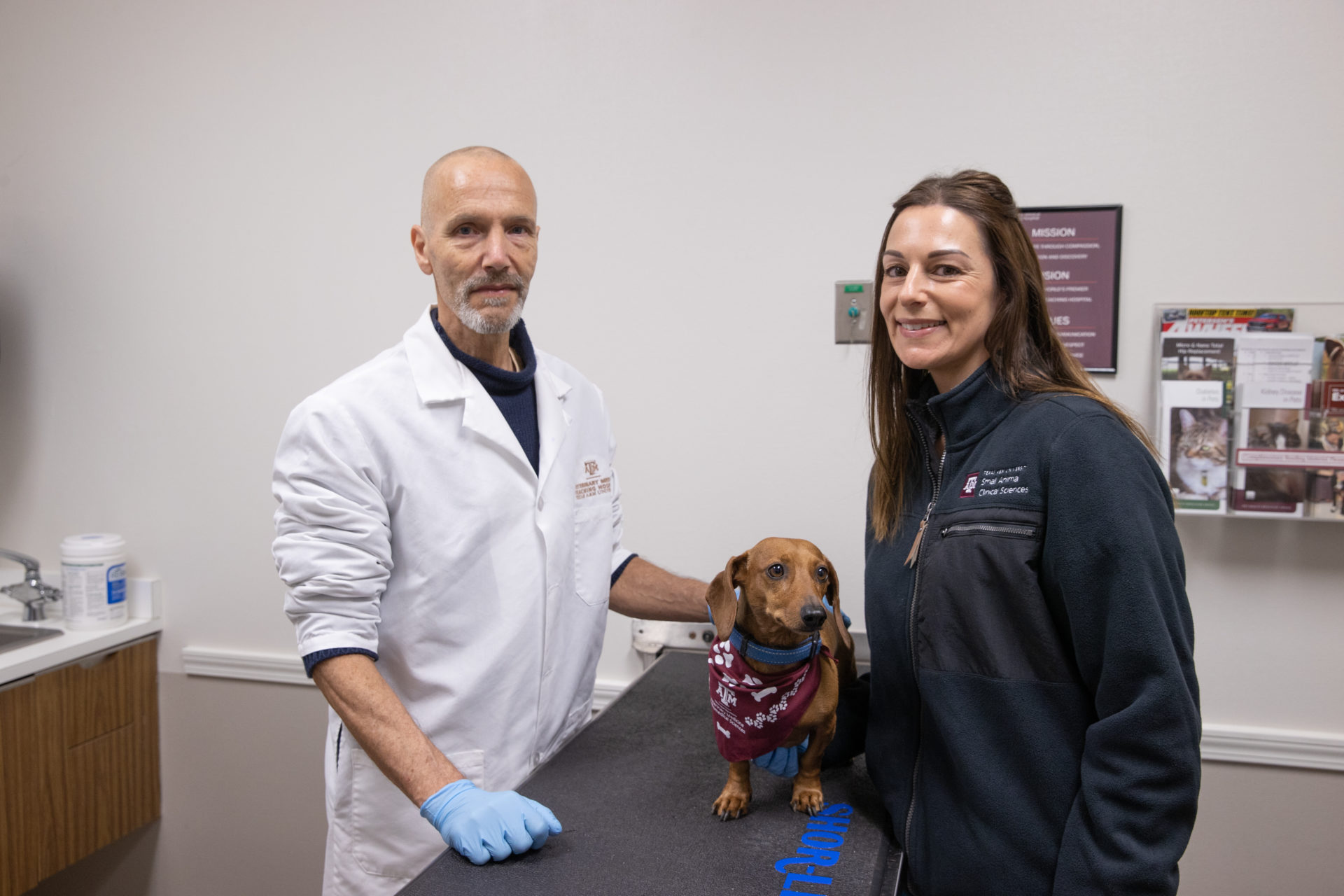Why Now?
We have a bolder vision—where unrivaled veterinary student success, unparalleled leading-edge patient care, and unlimited collaborative clinical trials are the norm—not the exception.
For more information about Giving to the Linda & Dennis Clark ’68 Small Animal Teaching Hospital (SATH) campaign, please contact the VMBS Office of Development
at 979.845.9043 or development-vmbs@tamu.edu.
Building the Linda & Dennis Clark ’68 Small Animal Teaching Hospital
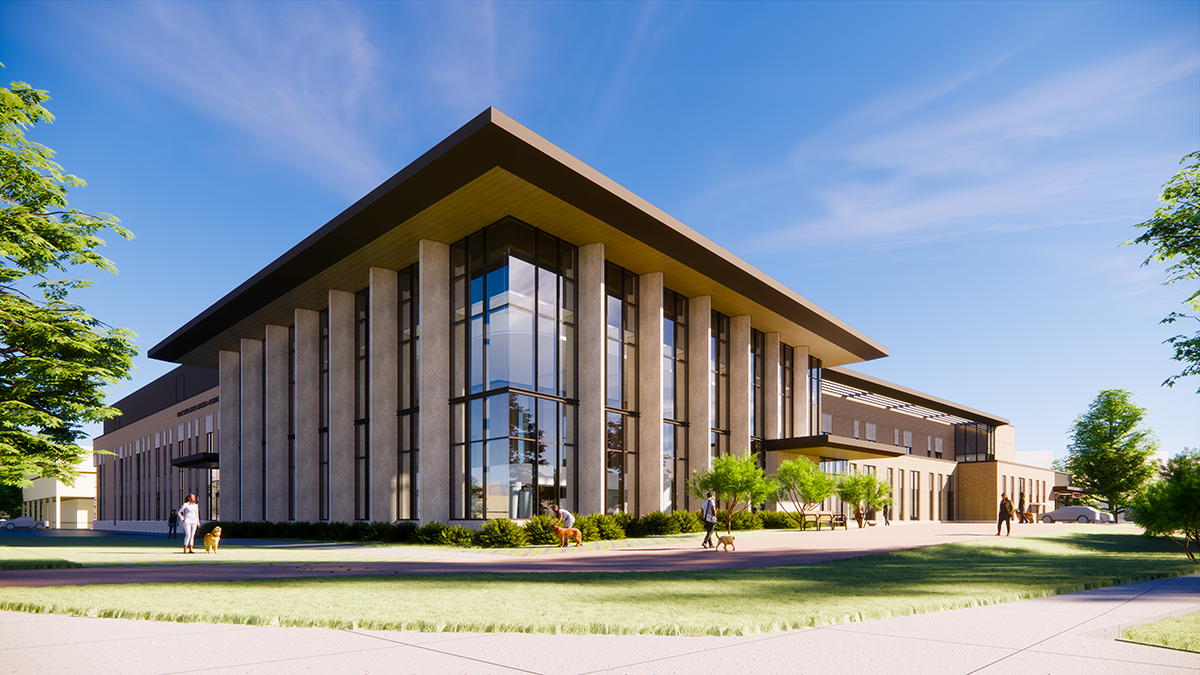
Summer 2027

June 2025

March 2025
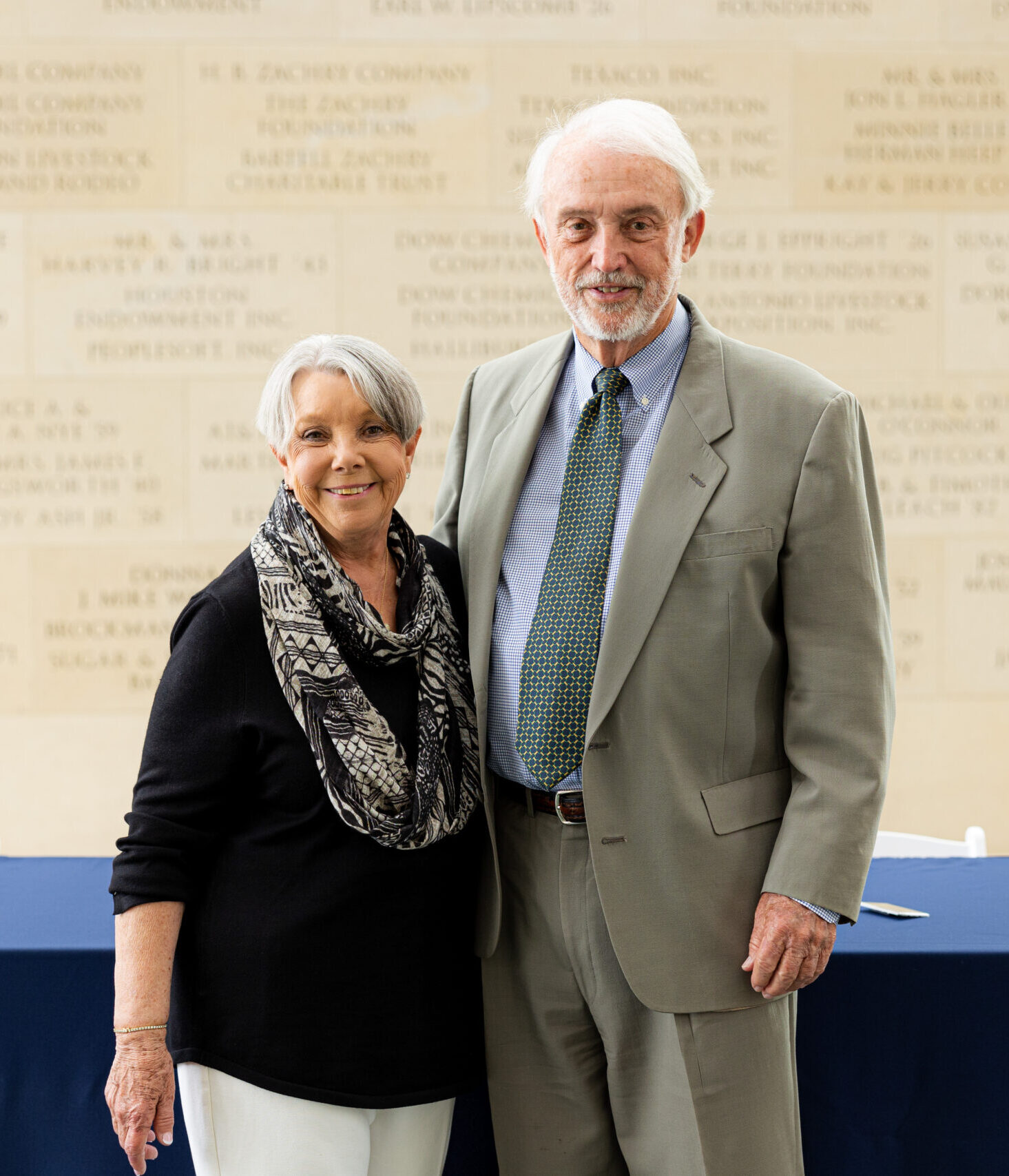
February 2025

November 2024
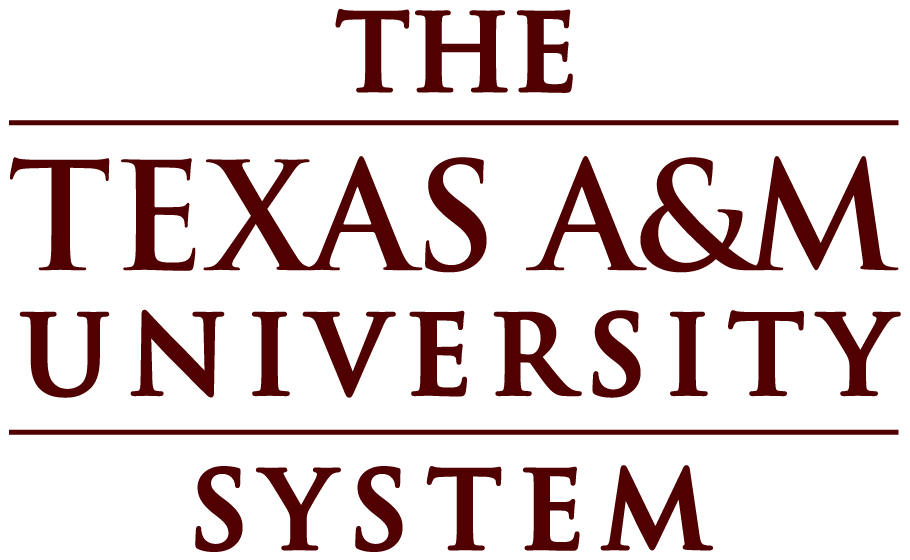
May 2024

Spring 2023
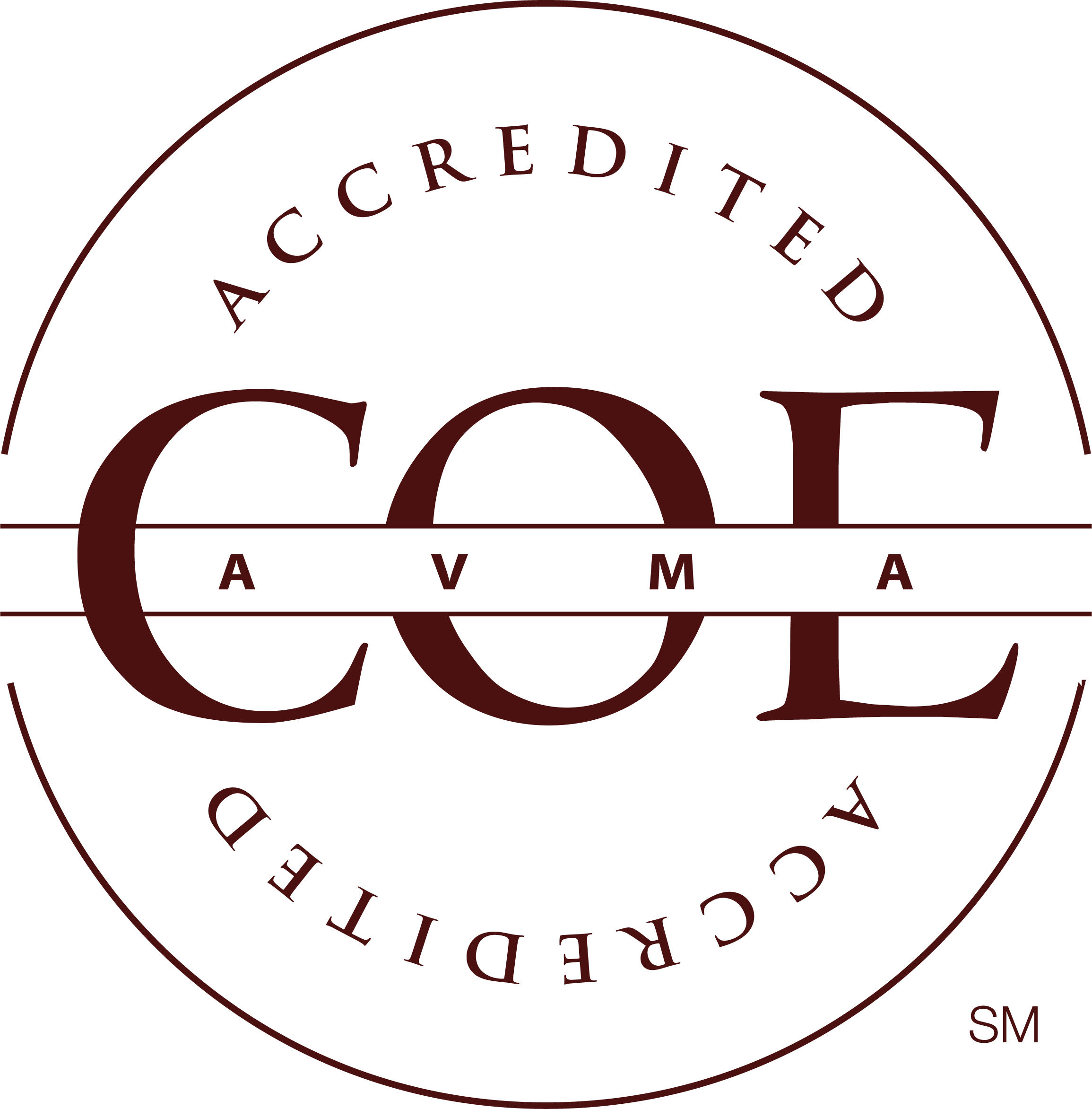
December 2022
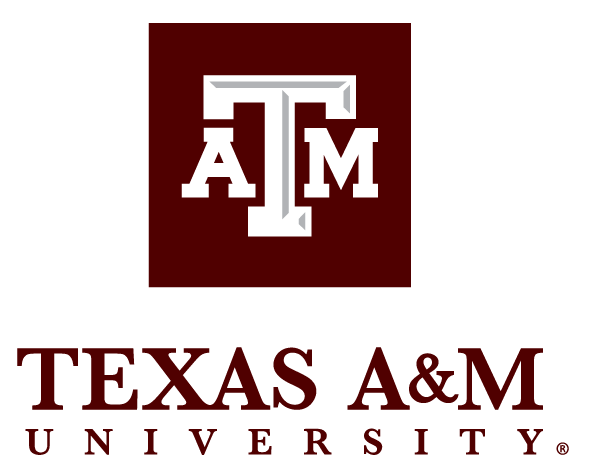
September 2022

August 2022

Fall 2020
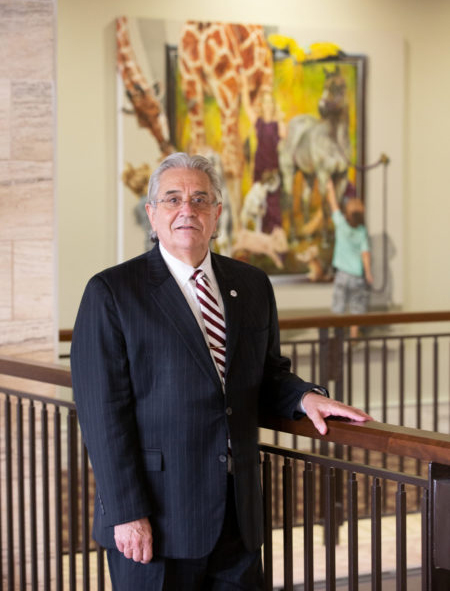
Summer 2020

2015
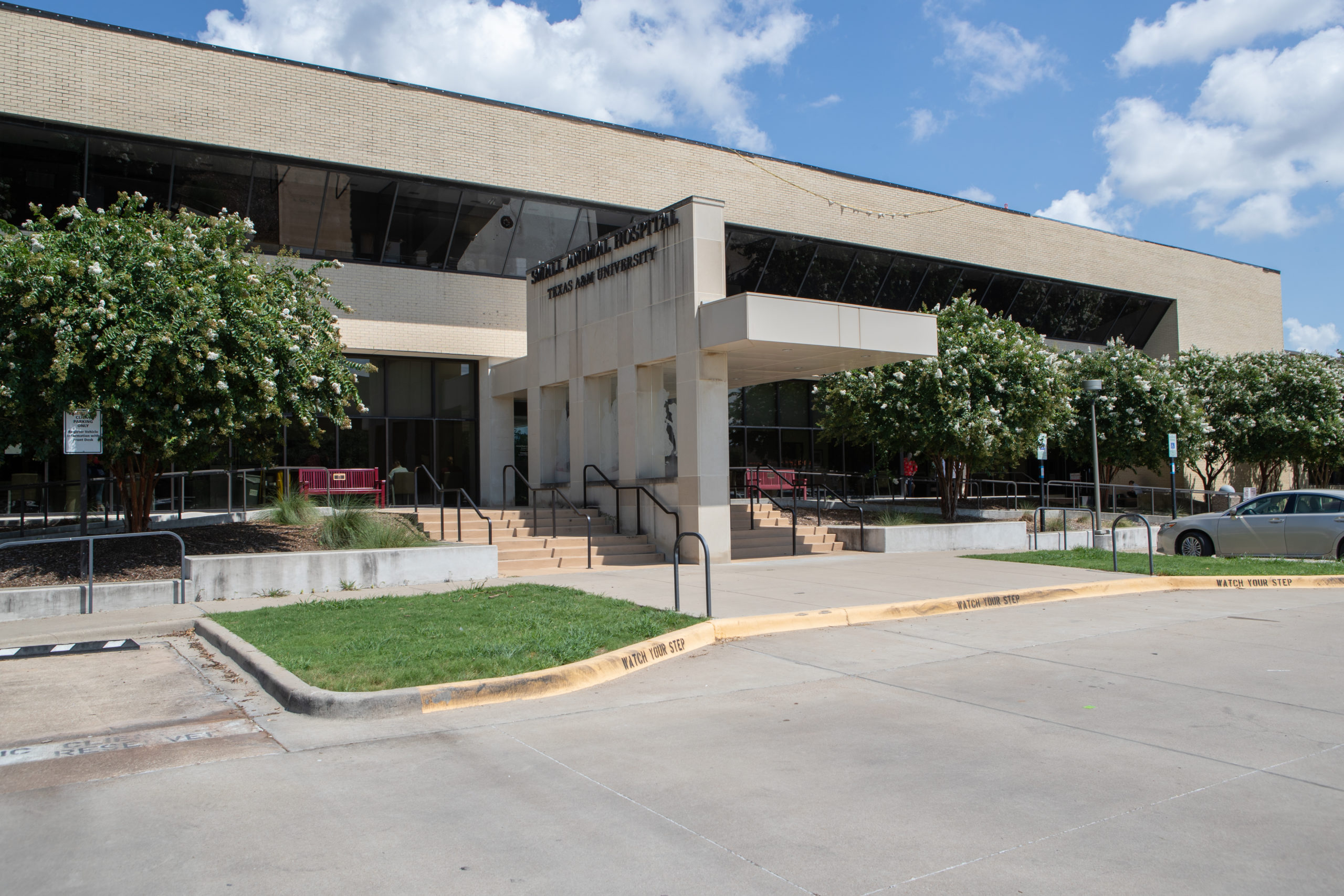
2005–2015
A Bolder Vision
Student Success
The quality of workspaces contributes significantly to the quality of education students receive. The new SATH will:
-
- Address the increase in students necessitated by the rapid growth of the veterinary industry, leading to the increased demand for practitioners and researchers.
- Create more space to accommodate the additional 18 Veterinary Education, Research, & Outreach (VERO) 2+2 program students who will join their College Station-based peers from our Canyon, Texas campus during their clinical year in the SATH. The Texas A&M College of Veterinary Medicine & Biomedical Sciences (VMBS) now has one of the largest class sizes in the nation.
- Ensure our students are trained on the latest-generation technology and equipment, which require space to house and operate.
- Provide flexible spaces that will facilitate students’ exposure to research and practice in established and emerging veterinary specialties as we anticipate future needs.
Leading-edge Patient Care
A growing veterinary industry and our already quadrupled caseload, in comparison to cases we saw in 1981, support the need for the new SATH that will:
-
- Accommodate large surgical teams, an increasing number of students, and various sophisticated and specialized surgical, therapeutic, and imaging equipment.
- Increase the number of examination and treatment spaces for services that have grown in sophistication and have required creating divided spaces for different species and specialties such as internal medicine, cardiology, neurology, oncology, ophthalmology, and dermatology.
- Provide appropriate spacing for services that have emerged since the current facility opened in 1981, including physical therapy, rehabilitation, and dentistry.
Collaborative & Translational Clinical Trials
As research and patient-care activities have increased concurrently, the new SATH will build on the strengths of Texas A&M University as a highly ranked, comprehensive, research-intensive institution. To facilitate that goal, additional space is required that can:
-
- Support clinical trial coordinators, sample storage, data entry, and increased staff. This includes space for core laboratories such as our Gastrointestinal Laboratory (GI Lab), which has grown exponentially and receives samples from around the world, requiring additional staffing.
- Offer a thoughtful architectural design that encourages collaboration, synergy, and creativity.
- Create a collaborative hub where clinical scientists and basic scientists from across our campus and beyond come together to address pressing basic, translational, and applied problems in animal and human health.

Small Animal Caseload by Species
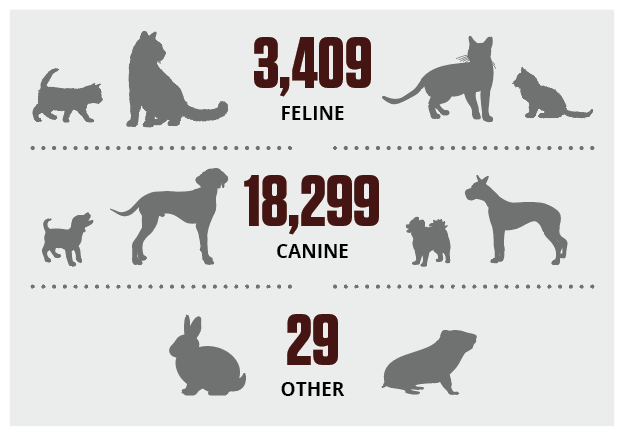
Small Animal Clinical Trials

